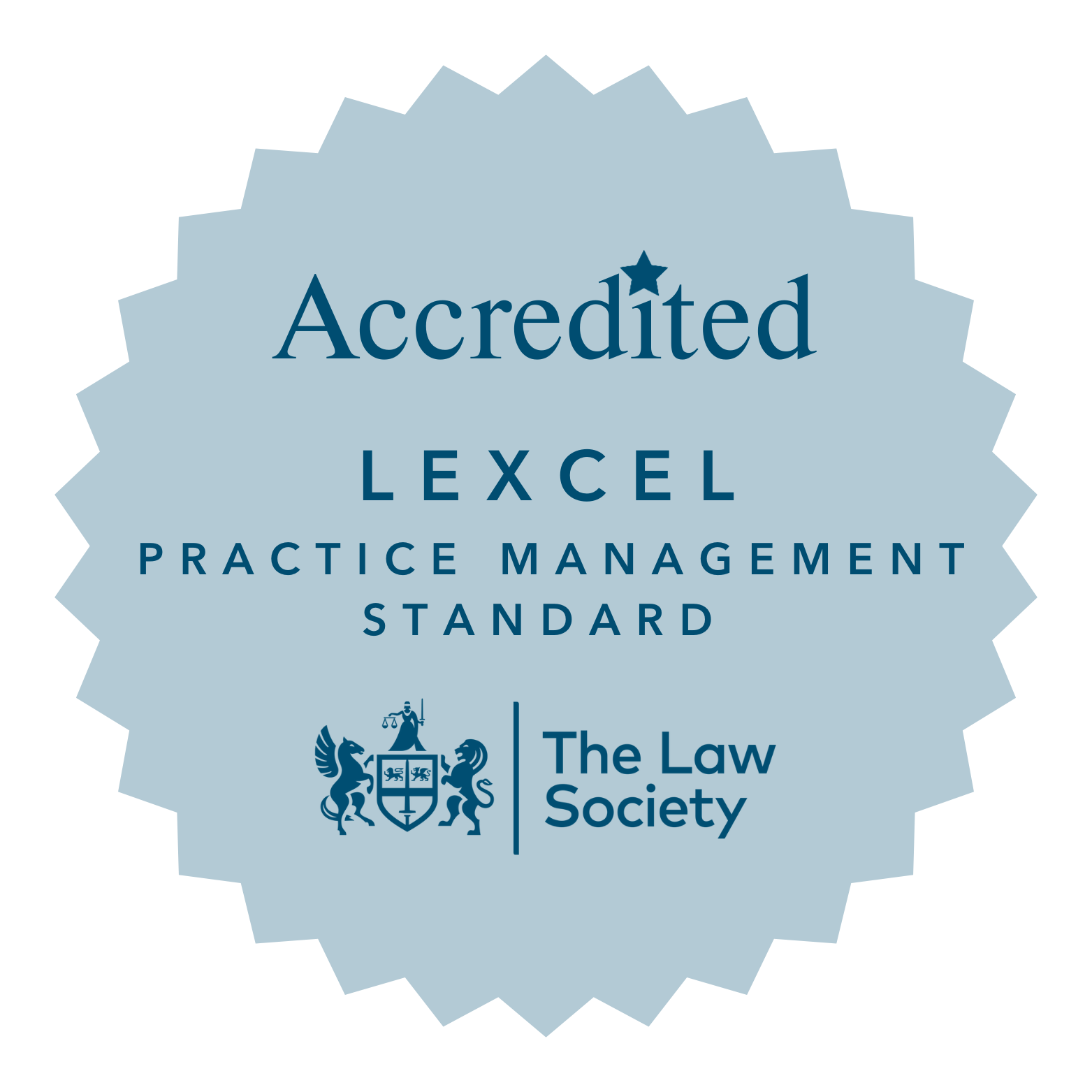What Employers Need To Know About Workplace Bullying And Harassment

Not since Diana, Princess of Wales declared on Panorama that there were “three in this marriage, so it was a bit crowded” has a royal interview caused as much controversy as the Duke and Duchess of Sussex’s tell-all with Oprah Winfrey. Not only was the interview itself explosive, in the week proceeding it, but damaging allegations were also made against Meghan Markle on the lines that she had bullied certain staff members. For employers, assertions involving bullying and harassment can cause serious reputational damage and lead to costly Employment Tribunal claims. As with most matters, prevention is better than cure. In this article, we discuss how employers can thwart workplace bullying and harassment claims from occurring and actions to take if an allegation is made.
https://www.bbc.co.uk/news/uk-56272104
What is workplace bullying and harassment?
Although bullying and harassment are sometimes used interchangeably, only harassment is defined by law. Under the Equality Act 2010, harassment is defined as ‘unwanted conduct related to a relevant protected characteristic, which has the purpose or effect of violating an individual’s dignity or creating an intimidating, hostile, degrading, humiliating or offensive environment for that individual’.
For harassment to be covered by the Equality Act 2010, it must be related to one of the nine protected characteristics: age, disability, gender reassignment, marriage and civil partnership, pregnancy and maternity, race, religion or belief, sexual orientation, and sex.
Bullying is not legally defined; however, Acas states it ‘may be characterised as: “Offensive, intimidating, malicious or insulting behaviour, an abuse or misuse of power through means that undermine, humiliate, denigrate or injure the recipient”.
Claims for workplace bullying can fall under multiple legislative and common law vehicles, for instance:
- The Equality Act 2010 if it is related to a protected characteristic
- Detriment provisions under the Employment Rights Act 1996.
- The Protection from Harassment Act 1998
- Express or implied terms in an employment contract
- Health and Safety at work etc Act 1996
- Human Rights Act 1998
- A personal injury claim under common law tort provisions (duty of care)
The above list is not exhaustive. Therefore, it is worth investing in legal advice when creating your organisation’s Statement of Policy around bullying and harassment as well as policies and procedures to deal with any allegations.
The importance of well-communicated policies and procedures to deal with workplace bullying and harassment
Having robust policies and procedures in place to prevent workplace bullying and harassment as well as manage allegations is essential, not only to avoid Employment Tribunal or common law claims but to ensure staff feel safe at work. Policies and procedures can include:
- Stating clearly that incidents of bullying and harassment will be seen as serious and if proven, disciplinary action will be taken.
- Detailing how to make a complaint and assign a designated support person who has received training on managing concerns about bullying and harassment at work.
- Setting out examples of behaviour that will not be tolerated (make sure to include cyber-bullying and actions by third-parties such as customers and suppliers).
By putting these and other policies and procedures in writing and regularly communicating them to staff, you will mitigate the risk of a complaint being made.
What should I do if a workplace bullying and/or harassment complaint is made?
If an allegation of bullying or harassment is made, it is vital to deal with it immediately. Delay could result in an employee suffering from a psychiatric injury which could lead to a personal injury claim, or feeling they have no choice but to resign, opening up a path to a constructive dismissal claim.
Complaints can be dealt with informally or formally; however, it is best to seek legal advice on which course to take. If the allegations are relatively minor and both parties agree to it, mediation may provide a swift and effective solution to the matter.
Formal action will generally be governed by your existing grievance and disciplinary procedures. It is important to ensure that the affected employee has access to internal and external support, the latter being especially important if the bullying and harassment claims are against their manager. It is also imperative to document everything to do with the internal investigation, including the reasons for any actions taken and any follow-up.
Final words
Workplace bullying and harassment can have a devastating effect on a person’s mental health. Such behaviour can also lead to low morale and productivity plus reputational damage; the latter making it difficult to attract talented employees. If one of your personnel has made a complaint concerning harassment or bullying, seek expert employment law advice immediately to ensure the best interests of your organisation are protected.
To discuss anything mentioned in this article, please call us on 02476 231000 or email enquiries@askewslegal.co.









